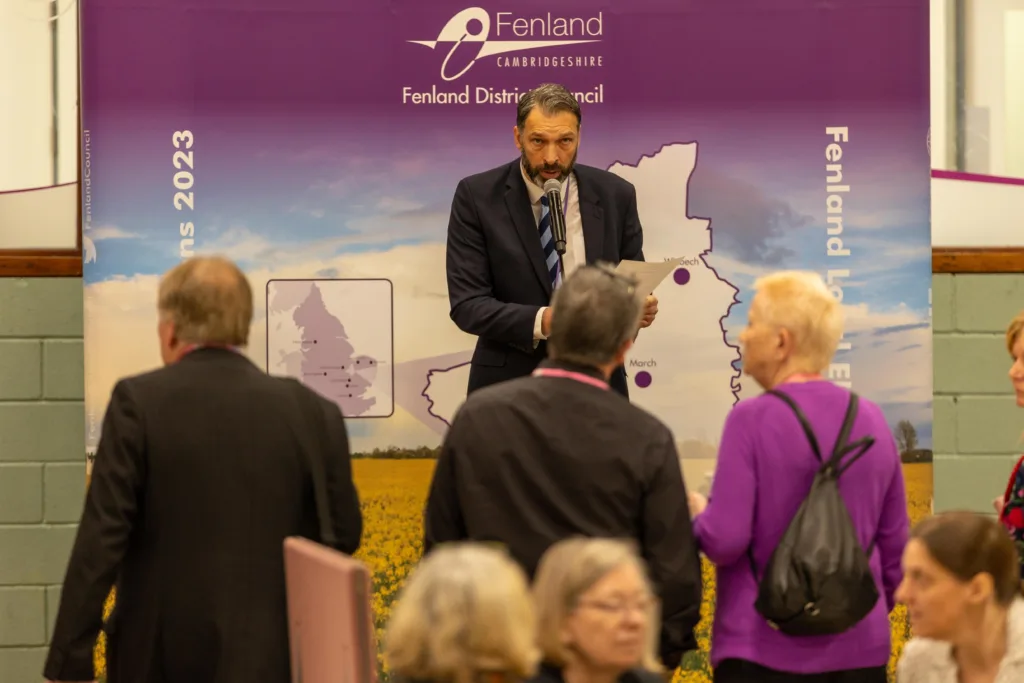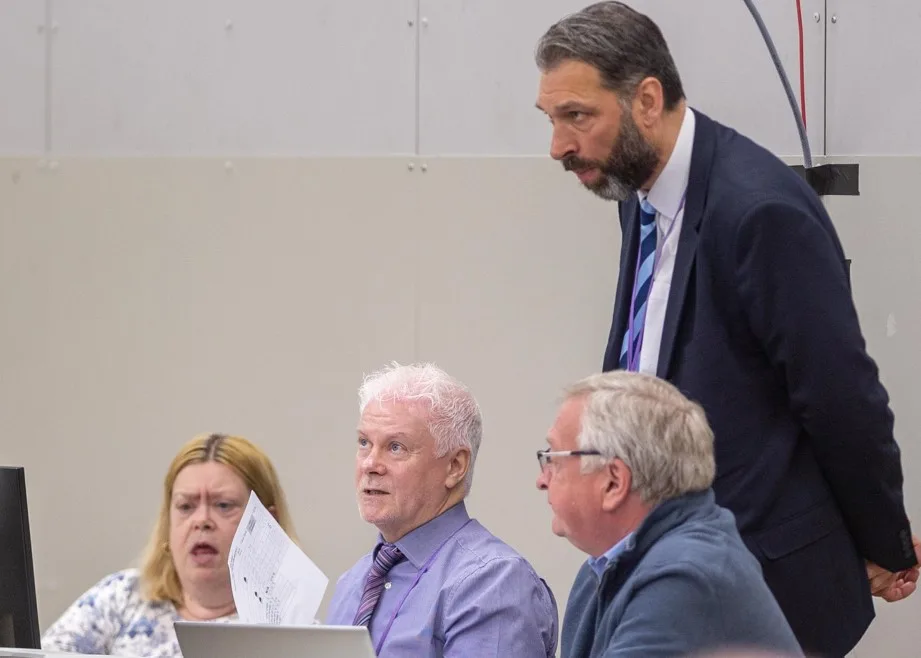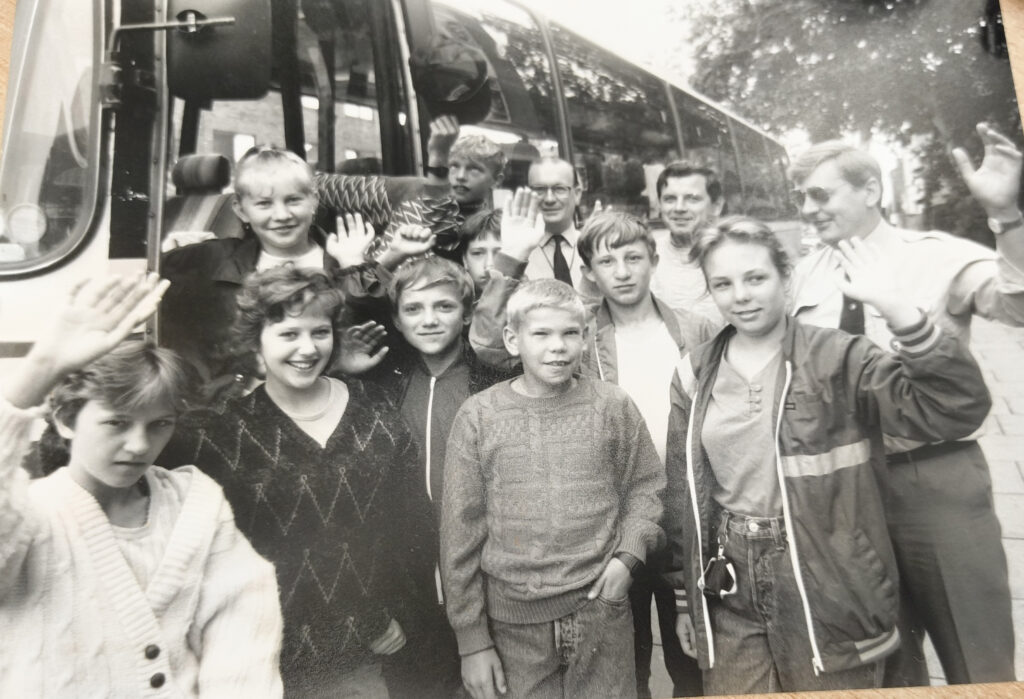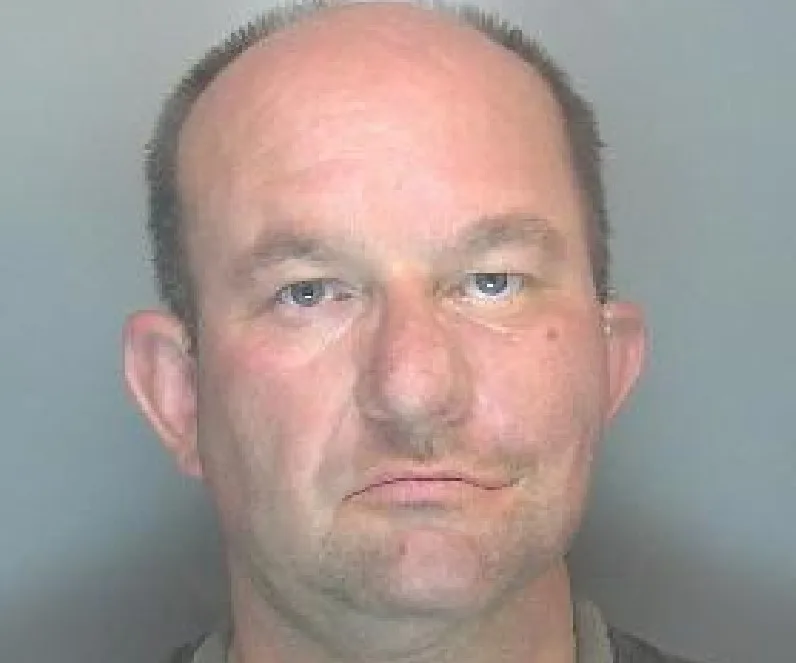Just 17 voters who tried to vote in a polling station during this month’s local elections in Fenland did not meet the voter ID requirements.
Data revealed today by Fenland District Council show that 99.8 per cent of Fenland electors who voted on May 4 showed their photo ID and were able to vote.
A council spokesperson said: Although 56 electors initially arrived without the correct photo ID or with no photo ID at all, 39 later returned with acceptable ID and were issued a ballot paper.
“This means that by close of poll, 17 electors who had tried to vote in a polling station, were not given a ballot paper because they did not meet the new voter ID requirements – just 0.2%.”

Picture by Terry Harris.
Changes in national legislation meant that for the first time, voters were required to show an approved form of photo ID before being given their ballot paper at the polling station.
Across Fenland a total of 10,292 electors voted at the district’s 59 polling stations.
The overall voter turnout at the local elections was 26.24% for district wards and 24.99% for parish/town wards, compared with 26.28% and 25.5% respectively in the 2019 local elections.
The spokesperson said: “In the run up to the election, Fenland District Council ran a campaign to raise awareness of the new requirement for voter ID with adverts in local publications, posters in community venues, a voter ID leaflet in this year’s council tax bills and a programme of social media posts.

Picture by Terry Harris.
“The authority also worked with local organisations to raise awareness of voter ID including Age Concern Cambridgeshire, Rural Cambs Citizens Advice Bureau, the Ferry Project homelessness charity, the Rosmini Centre and the College of West Anglia.”
Paul Medd, chief executive and returning officer for Fenland District Council, said: “The council provided information through our own channels and ran an extensive campaign to let residents know about the new photo ID requirements and we are grateful to all the local organisations who helped us to get the message out.
“I’d also like to thank our polling station staff, who worked so hard not just in helping to ensure a smooth election process, but also in supporting the biggest change to the way we vote in decades.
“I also want to thank all the election agents and candidates in this regard.

Picture by Terry Harris.
“I’m pleased that we had an extremely low number of people who were unable to vote due to not having the appropriate ID; whilst it is of course disappointing to have to turn anyone away we do have to comply with the regulations, and it was good to see that the extensive local promotion we carried out helped to raise awareness of the changes.
“Raising awareness of the need for voter ID is something that we will continue to work on throughout the coming year as all elections and referendums now require photo ID to vote.
“I also want to remind voters who need to obtain a valid form of ID that they can apply for a Voter Authority Certificate, either online, by post or in person. More information on this can be found at www.gov.uk/apply-for-photo-id-voter-authority-certificate.”
The Electoral Commission is collecting data from all local authorities across England who held elections on 4 May. It will publish an initial assessment of the voter ID requirement in June and a full evaluation of the local elections in autumn.
- The full results of the 4 May Fenland local elections are available at: www.fenland.gov.uk/ElectionResults2023


























